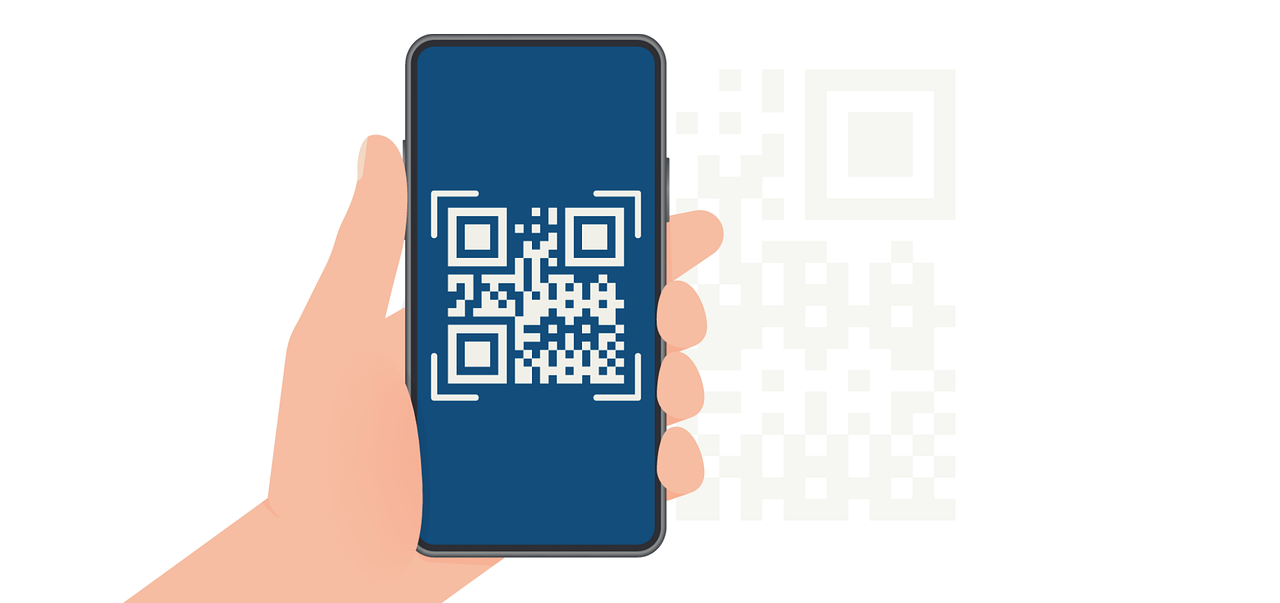Designing for Creative and Consumer-Oriented Industries
Learn how to create effective PDF designs for creative and consumer-oriented industries.

Introduction to Creative Design
Creative and consumer-oriented industries thrive on visuals that captivate, inspire, and persuade. These designs are often bold, dynamic, and deeply focused on storytelling, using a mixture of striking imagery, engaging typography, and vibrant colors to connect with their audiences. Whether it’s a campaign for a fashion brand, a brochure for a travel destination, or packaging for a new product, the goal is always the same: to evoke emotion and create a lasting impression. Unlike the structured and formal nature of corporate design, creative layouts allow for more freedom and experimentation while still requiring a balance between aesthetics and functionality. Keep reading this guide and learn how you can successfully create designs that embody the spirit of creative industries!
Every choice in a creative design serves a purpose - whether it’s to highlight the uniqueness of a brand, draw attention to a special event, or encourage consumers to make a purchase. To achieve this, designers must carefully select and arrange their visual elements, considering how each one contributes to the overall narrative. A strong creative design speaks not only to the eyes but also to the emotions of its audience, leaving them intrigued and motivated to engage further.
Visual Storytelling Through Imagery
Images are often the centerpiece of creative and consumer-oriented designs because of their immediate emotional impact. A single compelling visual can communicate a story, evoke a mood, or spark interest in ways that words alone cannot. For example, a travel brochure may feature breathtaking landscapes of exotic locations to inspire wanderlust, while a fashion campaign might showcase close-up shots of vibrant fabrics and intricate designs to convey luxury and style.
In design, the placement and scale of imagery play a crucial role in its effectiveness. Large photographs can create an immersive experience, while smaller images arranged in a grid offer structure and versatility. Tools in Expressa make it simple to position and align images with precision, ensuring they complement the text and layout seamlessly. For example, placing icons next to product descriptions in a menu or catalog helps organize information while adding visual interest. You can also use borders to frame images, giving them a polished and intentional look that draws attention without overwhelming the overall design. Add an image by clicking “Add Item” and selecting “Image” or by clicking the “+” icon in the options of a section or different element, which will appear on the right when you have selected any element in your document. (Read our in depth guide about images in Expressa here)
Dynamic Use of Color
Color is one of the most effective tools for creating emotional connections in consumer-oriented design. Bright, bold hues can energize and excite, while muted tones can evoke calmness or sophistication. The choice of colors should always align with the brand’s identity and the message the design aims to convey. For instance, an eco-conscious skincare brand might use earthy greens and soft beige tones to reflect sustainability, whereas a children’s toy brand might embrace vibrant primary colors to exude playfulness and fun. (Go here and learn more about color and color schemes)

Strategic use of color can also guide the viewer's attention and establish a clear visual hierarchy. (Go here if you want to read in depth about visual hierarchy) In Expressa, designers can apply brand colors to every element that it offers, which helps in creating a cohesive and visually striking design. By repeating certain colors in different parts of the layout, such as accenting titles or framing images, designers can reinforce branding and improve navigation without distracting from the content. You can change the colors of elements or their backgrounds and borders in the options which will appear upon simply clicking on the element you want to edit.
Typography as The Voice of Your Design
Typography is a crucial part of creative and consumer-oriented design, setting the tone and personality of your message. Every font choice contributes to how the audience perceives your brand or product. Modern sans-serif fonts convey simplicity and innovation, making them suitable for tech products or casual lifestyle brands. Meanwhile, traditional serif fonts evoke elegance and reliability, often used in luxury or editorial design. A playful script or decorative typeface, when used sparingly, can also add charm and individuality, ideal for industries like event planning or children’s products.

Always keep in mind that establishing a clear hierarchy is essential in typography for guiding viewers through the design, which is true in this context as well. In Expressa, designers can customize text elements by selecting from available fonts, sizes, and alignment options to establish visual flow. (Read more about fonts here) Add a text element with the same process by which we explained how to add an image earlier and customize the text in the options.
Interactive Design for Modern Audiences
Interactive elements have become a cornerstone of consumer-oriented design, transforming static layouts into engaging experiences. These elements not only enhance functionality but also create opportunities for deeper engagement. Buttons, CTAs (calls to action), and QR codes guide the audience toward specific actions, such as purchasing a product, signing up for an event, or exploring additional content. (Learn how to create buttons in Expressa here)
Expressa simplifies the inclusion of interactive features, such as linking images or text to web pages or embedding QR codes. (Learn more about QR Codes here) For example, a flyer for a concert could include a QR code linking directly to ticket sales, or a digital catalog could use linked product images to facilitate online shopping. Thoughtful design choices, such as placing buttons in prominent areas and ensuring adequate spacing around them, make these elements more effective. By aligning interactivity with the overall aesthetic, designers can ensure that every element contributes to a cohesive and engaging user journey.
Balancing Creativity with Functionality
While creativity is essential in consumer-oriented industries, it must be balanced with functionality to ensure that designs are not only visually appealing but also practical and easy to navigate. An overcrowded layout with excessive colors, fonts, or imagery can overwhelm the viewer and dilute the message. On the other hand, a design that is too minimal might fail to capture the audience's attention or fully convey the brand’s personality. Achieving this balance requires a keen eye for detail and a strong understanding of the target audience’s preferences and expectations.
Expressa’s grid/row system, (read about it here) helps designers maintain this balance by providing a structured framework that supports even the most dynamic compositions. For instance, a promotional flyer for an art gallery might use bold, abstract shapes to create visual intrigue, while carefully aligned text blocks provide clear details about the event. (Read our guide on shapes in design here) This combination of creative freedom and structural precision ensures that the final design feels both exciting and approachable, meeting the unique needs of creative and consumer-oriented industries.
Inspiring and Engaging Audiences
Creative and consumer-oriented designs are about more than just aesthetics, they are about creating an experience. By combining striking visuals, dynamic use of color, and interactive elements, designers can craft layouts that resonate deeply with their audience. Tools like those in Expressa make it easier to achieve this balance, empowering designers to bring their vision to life in a way that is both functional and unforgettable.


